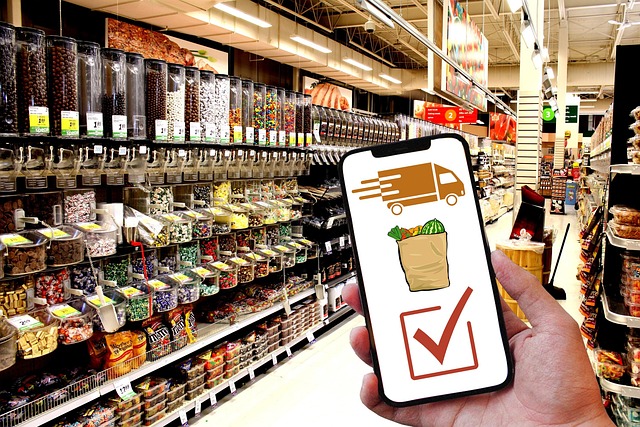Guide to Importing Cars: Registration, Taxes, and Shipping Steps
Thinking about importing a car? This guide summarizes the main steps—from documentation and customs clearance to shipping and local registration—so you can see what to expect and prepare the right paperwork before you buy or ship a vehicle internationally.

When importing a car, preparation reduces delays and unexpected costs. Start by confirming the vehicle’s eligibility for import into your destination country, gather ownership documents, and check emissions and safety certification requirements. A clear plan covering customs valuation, shipping options, insurance, and local registration helps you move a vehicle from a seller or port to legal road use with fewer surprises.
What documentation and valuation are required?
Import documentation typically includes the original title, bill of sale, export declaration from the seller’s country, and a bill of lading from the carrier. You may also need a certificate of origin and any manufacturer compliance statements that demonstrate safety or emissions standards. Valuation determines duties and taxes: customs agencies generally use the transaction value (amount paid for the car), sometimes adjusted for shipping and insurance, to calculate payable duties. Keep copies and organize documentation in digital and printed form to speed clearance.
How do customs, taxes, and duties work?
Customs clearance involves declaring the vehicle’s value, origin, and specifications. Duties and taxes depend on the destination’s tariff schedule and can include import duty, value-added tax (VAT) or goods and services tax (GST), and excise or luxury taxes for certain vehicles. Some countries apply different rates for classic cars or electric vehicles. Compliance with emissions or safety standards can affect taxable value and whether additional certifications are required before registration. Factor in customs processing times and possible inspections when planning arrival dates.
What are the registration, title, and inspection steps?
After customs release, you must complete local registration and obtain a title or permit to operate the vehicle. This often requires proof of customs clearance, the cleared title or bill of sale, proof of identity and residency, and evidence of insurance. Many jurisdictions mandate a safety inspection or emissions test; in some cases, retrofitting may be necessary to meet local standards. Once inspections and any modifications are complete, the motor vehicle department issues registration plates and a local title.
How does shipping and logistics operate?
Choose between roll-on/roll-off (RoRo) and container shipping for international transit, or open/ enclosed carriers for domestic moves. RoRo is common and cost-effective for operable vehicles; container shipping can be safer for higher-value or non-running cars. Arrange inland transport to the port, target transit times, and confirm who handles terminal handling charges and port clearance. Work with a freight forwarder or carrier experienced in vehicle logistics to coordinate scheduling, insurance coverage during transit, and delivery options to a port or door.
What about financing, insurance, and regulatory compliance?
Financing an imported vehicle may involve cross-border loan restrictions; confirm lender acceptance and whether the car’s title can be used as collateral. Insurance must cover transport risks and provide local liability coverage once the car arrives. Regulatory compliance spans emissions, safety certification, and possibly homologation—official approval that the vehicle meets local technical requirements. Use licensed customs brokers and certified inspection centers to ensure documentation and certifications meet authorities’ standards.
Before finalizing a purchase or shipment, compare providers for shipping and customs brokerage to understand likely costs and services. Below is a concise comparison of common service types and example providers with general cost estimations based on typical benchmarks. Actual rates vary by route, vehicle size, and service level.
| Product/Service | Provider | Cost Estimation |
|---|---|---|
| International container vehicle shipping | Schumacher Cargo Logistics | $1,200–$4,000 per vehicle (route-dependent) |
| Roll-on/Roll-off (RoRo) ocean shipping | Wallenius Wilhelmsen | $800–$3,000 per vehicle (depends on port pair and size) |
| Domestic door-to-door vehicle transport | Montway Auto Transport | $500–$1,500 (distance and vehicle size influence price) |
| Customs brokerage and clearance | FedEx Trade Networks | $75–$500 (broker fee, excluding duties and taxes) |
Prices, rates, or cost estimates mentioned in this article are based on the latest available information but may change over time. Independent research is advised before making financial decisions.
Conclusion Importing a car is a multi-step process that spans documentation, customs valuation, shipping logistics, and local registration and inspections. Prioritize accurate documentation, confirm compliance requirements early, and compare freight and brokerage providers. Planning for taxes, duties, insurance, and potential modifications will help the vehicle move from port to pavement with fewer delays.





